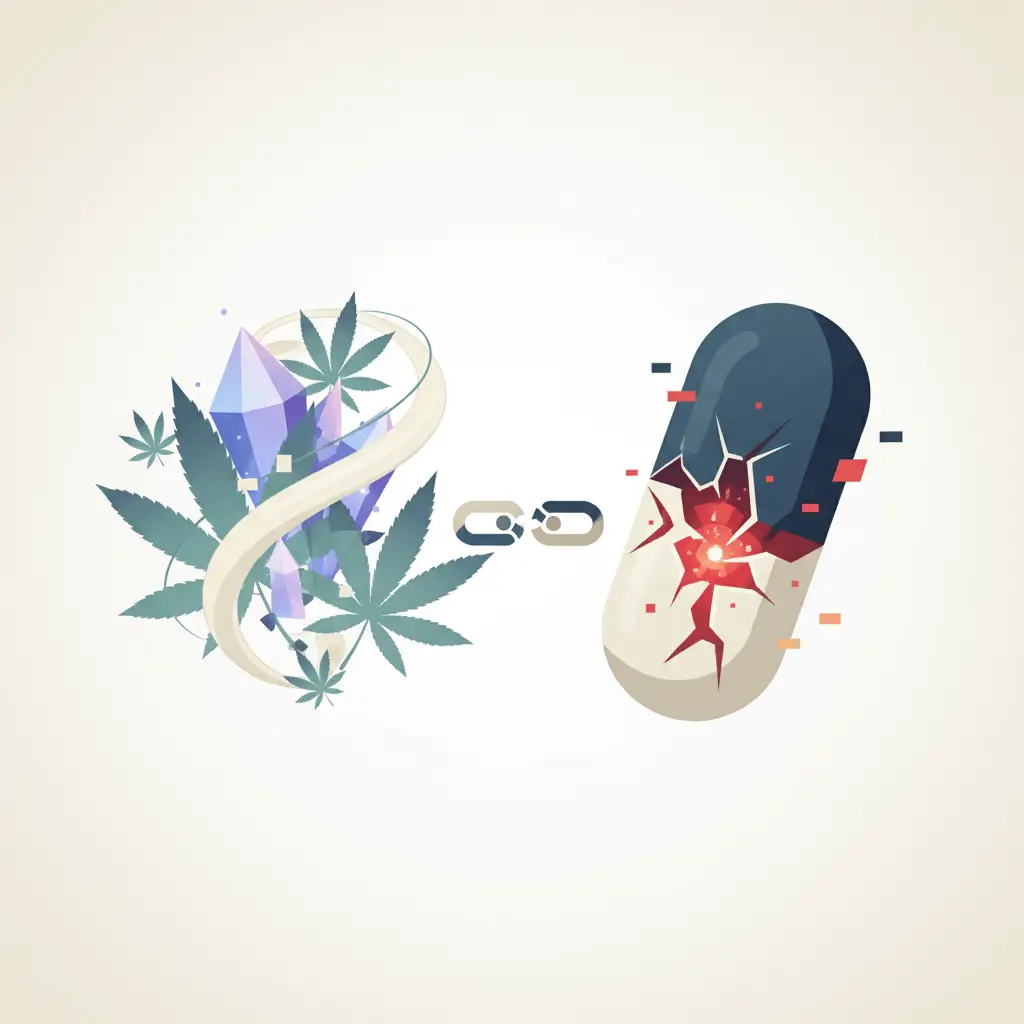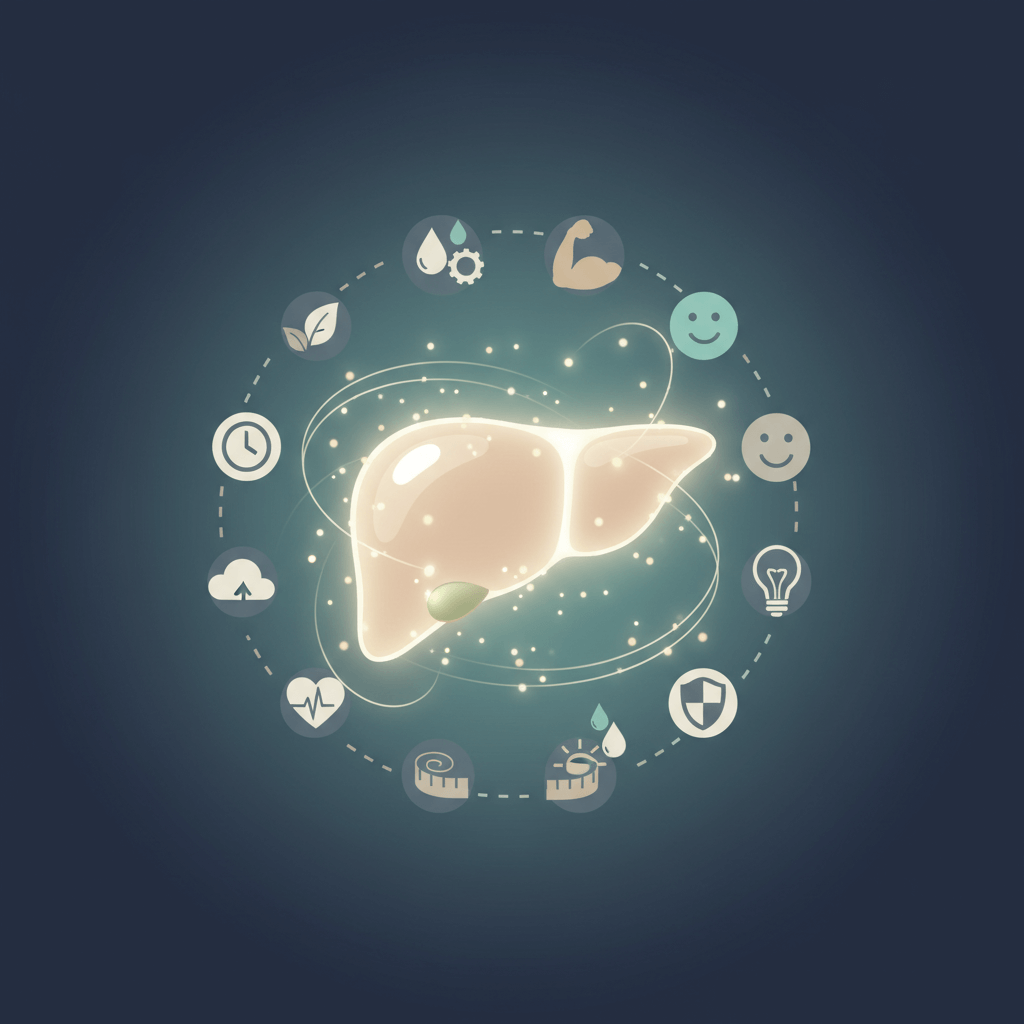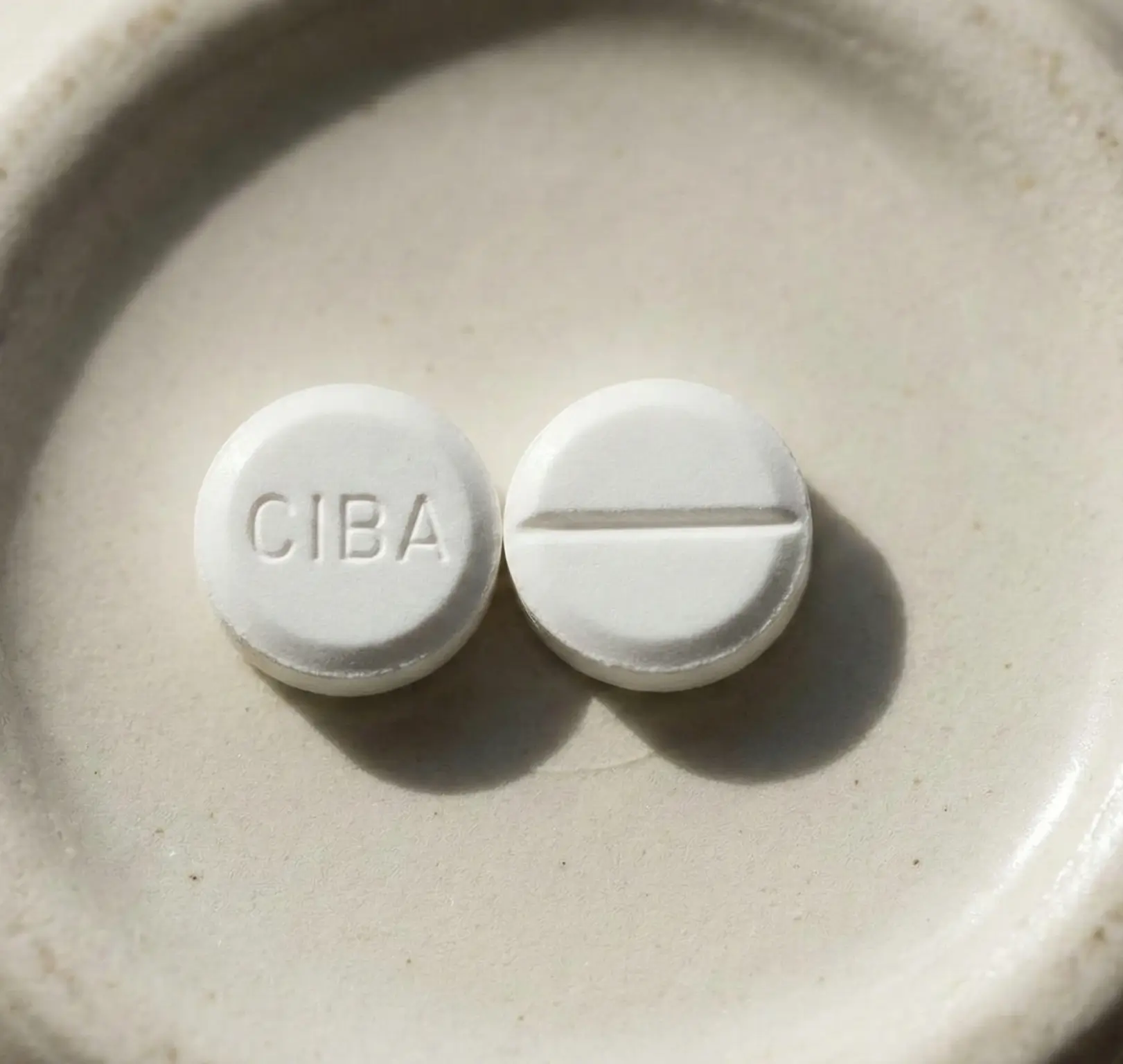Unveiling Partial Hospitalization Treatment
In the landscape of mental health and substance abuse treatment options, one may come across the term 'partial hospitalization'. This form of treatment is often misunderstood or overlooked, yet it plays a crucial role in the continuum of care. Let's delve into the partial hospitalization treatment definition and its historical context.
What is Partial Hospitalization Treatment
Partial hospitalization treatment, also known as day treatment, is a form of care that lies between inpatient and outpatient care in terms of intensity. It is designed for individuals who require a high level of psychological or psychiatric care but do not need 24-hour hospitalization.

In a partial hospitalization program, patients participate in a structured series of therapeutic sessions during the day, and then return home or to a supportive living environment in the evening. The frequency of these sessions can range from three to five days per week, depending on the individual's needs.
The treatment typically includes individual and group therapy, medication management, and may incorporate other therapeutic activities such as art therapy or holistic health practices. It's designed to provide intensive, comprehensive care while allowing patients to maintain some degree of normalcy in their lives.
History of Partial Hospitalization Treatment
The concept of partial hospitalization treatment emerged during the deinstitutionalization movement in the 1950s and 1960s. This period saw a shift in mental health care from long-term institutional care to community-based outpatient services, driven by advancements in psychotropic medications and a growing recognition of patients' rights.
Partial hospitalization programs were seen as a way to bridge the gap between inpatient and outpatient care, providing intensive treatment in a less restrictive environment. Over the years, these programs have evolved to meet the changing needs of patients and the increasing demands for cost-effective, high-quality care.
Today, partial hospitalization treatment is recognized as a vital component of the mental health and substance abuse treatment spectrum, offering an effective alternative for patients who need more than traditional outpatient care but less than full-time hospitalization.
The journey to understanding the partial hospitalization treatment definition is just the first step. The following sections will further explore the distinguishing features of this treatment, the typical day in a partial hospitalization program, and how it fits into the broader roadmap to recovery.
Distinguishing Partial Hospitalization Treatment
Understanding the partial hospitalization treatment definition is crucial, but it's equally important to differentiate it from other types of care. Let's delve into the differences between inpatient and outpatient care and how partial hospitalization fits into the spectrum of treatment options.
Difference between Inpatient and Outpatient Care
Inpatient and outpatient care are two broad categories of healthcare delivery. Inpatient care, as the name suggests, involves the patient staying in the hospital or clinic for the duration of their treatment. This type of care is typically provided for severe conditions that require intensive treatment and round-the-clock supervision.
Outpatient care, on the other hand, allows patients to continue living at home while receiving treatment. Patients travel to the healthcare facility for scheduled appointments or treatments but do not stay overnight. This model is often used for less severe conditions or for ongoing management of chronic illnesses.
Partial hospitalization treatment falls somewhere in between these two extremes. It is a form of outpatient care but is more intensive than standard outpatient treatment. Patients in a partial hospitalization program spend a significant portion of their day at the treatment facility but return home at the end of the day.
Difference between Partial Hospitalization and Intensive Outpatient Programs
While partial hospitalization treatment and intensive outpatient programs (IOPs) may seem similar, there are key differences between them. Both are types of outpatient care that allow patients to live at home while receiving treatment. However, the intensity and duration of treatment can vary significantly.
Partial hospitalization programs typically require patients to spend more time at the treatment facility each day than IOPs. Patients may be at the facility for five to six hours a day, five days a week, receiving a range of therapies and treatments.
On the other hand, IOPs generally involve fewer hours per day or per week. These programs may be suitable for those who have already completed a more intensive program and are transitioning back into their daily routines, or for those who require ongoing support but not full-time care.
Understanding these differences can help individuals and their families make informed decisions about the best treatment options for their specific needs.
Who is a Candidate for Partial Hospitalization Treatment
Understanding the partial hospitalization treatment definition is essential to identify who can benefit from this type of care. Essentially, it's a comprehensive, short-term, clinical treatment program. It's designed for individuals who don't require 24-hour supervision but still need a higher level of care than traditional outpatient services.
Assessing Patient's Suitability
Determining whether someone is an appropriate candidate for partial hospitalization treatment involves a detailed assessment by a team of mental health professionals. They consider several factors, including the severity and type of the individual's mental health condition, their overall physical health, their current living situation, and their support network.
The aim is to identify individuals who are struggling with their mental health and are at a level of risk that warrants intensive treatment, but are not in immediate danger. Typically, these individuals are able to safely live at home and have a supportive environment, but need more structured and frequent support than traditional outpatient services can provide.
Common Conditions Treated in Partial Hospitalization
Partial hospitalization treatment is suitable for a wide range of mental health conditions. Some of the most common ones include:
- Major depressive disorder
- Bipolar disorder
- Anxiety disorders
- Post-traumatic stress disorder (PTSD)
- Eating disorders
- Substance use disorders
It's important to note that the specific conditions that can be treated in a partial hospitalization setting may vary depending on the program and the resources available.
In conclusion, partial hospitalization treatment offers an intensive level of care that can be highly beneficial for individuals struggling with various mental health conditions. By understanding who is a suitable candidate for this type of treatment, healthcare providers can ensure that individuals receive the appropriate level of care for their needs.
What to Expect in Partial Hospitalization Treatment
Understanding what to expect in a partial hospitalization treatment program can provide clarity for those considering this level of care. It allows individuals and their families to better understand the services, therapies, and activities that form part of the treatment program.
Typical Day in Partial Hospitalization Treatment
A typical day in a partial hospitalization treatment program generally involves a structured schedule of therapeutic activities and treatments. Patients usually participate in the program for several hours each day, often five to seven days a week.
The day might start with a morning check-in, followed by individual or group therapy sessions. After lunch, patients might engage in additional therapeutic activities, which can include art therapy, music therapy, physical fitness, or skills training. The day typically concludes with a wrap-up session or group meeting.
It's important to note that the specifics of the daily schedule can vary based on the individual's unique treatment needs and the particular program's approach.
Types of Therapies and Treatments Used
A diverse range of therapies and treatments are often used in partial hospitalization treatment programs. The selection will depend on the individual's specific condition, needs, and treatment goals. Some of the commonly used therapies include:
- Cognitive Behavioral Therapy (CBT): This form of therapy helps patients identify and change unhelpful thought patterns and behaviors.
- Dialectical Behavior Therapy (DBT): DBT teaches patients skills to manage painful emotions and decrease conflict in relationships.
- Family Therapy: This approach involves family members in the treatment process to improve communication and resolve conflicts.
- Expressive Therapies: These therapies, which include art, music, and movement therapy, use creative expression as a form of communication and healing.
- Medication Management: Some patients may benefit from medication to manage symptoms of their condition. Regular meetings with a psychiatrist or nurse practitioner ensure that medications are working effectively and side effects are managed.
TherapyDescriptionCognitive Behavioral TherapyHelps patients identify and change unhelpful thought patterns and behaviorsDialectical Behavior TherapyTeaches patients skills to manage painful emotions and decrease conflict in relationshipsFamily TherapyInvolves family members in the treatment process to improve communication and resolve conflictsExpressive TherapiesUse creative expression as a form of communication and healingMedication ManagementEnsures medications are working effectively and side effects are managed
Understanding the types of therapies and treatments used in partial hospitalization can help individuals make informed decisions about their care.
The Benefits and Challenges of Partial Hospitalization Treatment
Understanding the benefits and challenges of partial hospitalization treatment can play a crucial role in deciding if it is the right therapeutic approach for a particular individual. This section delves into the advantages and potential difficulties associated with this form of care.
Advantages of Partial Hospitalization Treatment
Partial hospitalization treatment offers several advantages, making it a suitable choice for individuals who require intensive care, but also need the flexibility to maintain certain aspects of their daily life.
- Balance Between Treatment and Daily Life: This program strikes a balance between rigorous treatment and the patient's regular life. It allows individuals to return home at the end of the day, maintaining their connection with family and familiar surroundings.
- Comprehensive Care: The program provides comprehensive care, including access to medical services, therapeutic sessions, and support groups. This holistic approach addresses multiple facets of the individual's well-being.
- Structured Environment: The treatment takes place in a structured environment that promotes stability and routine, which are beneficial for recovery.
- Cost-Effective: Compared to inpatient care, partial hospitalization treatment is often more cost-effective, making it a viable option for those concerned about the financial implications of treatment.
Potential Difficulties with Partial Hospitalization Treatment
While partial hospitalization treatment presents numerous advantages, it's important to also acknowledge the potential challenges that may arise.
- Time-Intensive: The program often requires a significant time commitment, which can be challenging for individuals who have work or educational obligations.
- Potential for Relapse: As patients return home daily, they may face triggers in their environment that could increase the risk of relapse.
- Lack of 24/7 Support: Unlike inpatient treatment, support is not available round-the-clock in a partial hospitalization setting.
- Transportation Requirements: Daily commuting to the treatment center can be an issue for individuals who lack access to reliable transportation.
Understanding these potential difficulties is crucial when considering a partial hospitalization program.
When understanding the partial hospitalization treatment definition, it's key to consider both the benefits and challenges. This information can help individuals make an informed decision about whether this form of treatment aligns with their recovery needs and lifestyle.
Navigating the Journey to Recovery
The road to recovery from mental health conditions or substance abuse can be a complex journey. It's essential to understand the transition process from partial hospitalization treatment and the importance of continued aftercare and support.
Understanding the Transition from Partial Hospitalization
The transition from partial hospitalization treatment is a gradual process that is tailored to each individual's unique needs and circumstances. As patients demonstrate progress in managing their symptoms and show readiness for less structure, they may transition to a less intensive treatment setting.
This transition is guided by a team of healthcare professionals who continually assess the patient's readiness to move forward. It's important to note that the transition from partial hospitalization does not signify the end of treatment but rather the next phase in the recovery journey.
Patients may move into an intensive outpatient program (IOP), where they continue to receive therapy and support but with less frequency than in partial hospitalization. Alternatively, they may transition to standard outpatient care, where they attend therapy sessions while resuming their day-to-day activities.
The exact timeline for this transition varies from person to person, based on factors such as their progress in treatment, overall health status, and support system at home.
Importance of Continued Aftercare and Support
Aftercare and ongoing support are vital components of the recovery process, even after the transition from partial hospitalization treatment. Continued care helps to reinforce the skills and strategies learned during treatment, supports individuals in maintaining their progress, and provides a safety net for managing any potential setbacks.
Aftercare can take various forms, including regular outpatient therapy sessions, peer support groups, and medication management. The type and intensity of aftercare will depend on the individual's specific needs and recovery goals.
In addition to professional aftercare services, support from family and friends plays a crucial role in the recovery process. Loved ones can provide emotional support, help in managing daily tasks, and assist in identifying and addressing potential triggers or stressors.
Lastly, self-care is a critical aspect of aftercare. This includes activities that promote physical health, such as regular exercise and a balanced diet, as well as practices that support mental wellbeing, like mindfulness and stress management techniques.
The journey to recovery is a long-term commitment that extends beyond the duration of partial hospitalization treatment. Continued aftercare and support are essential in maintaining progress and promoting long-term wellness.













